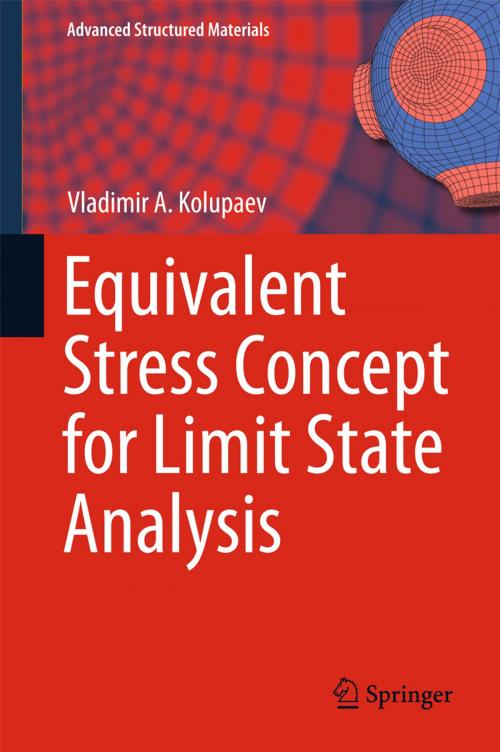Equivalent Stress Concept for Limit State Analysis
Nonfiction, Science & Nature, Technology, Material Science, Science, Physics, Mechanics| Author: | Vladimir A. Kolupaev | ISBN: | 9783319730493 |
| Publisher: | Springer International Publishing | Publication: | January 18, 2018 |
| Imprint: | Springer | Language: | English |
| Author: | Vladimir A. Kolupaev |
| ISBN: | 9783319730493 |
| Publisher: | Springer International Publishing |
| Publication: | January 18, 2018 |
| Imprint: | Springer |
| Language: | English |
This book discusses arbitrary multiaxial stress states using the concept of equivalent stress. It highlights the most useful criteria, which can be applied to various classes of isotropic materials. Due to its simplicity and clarity, this concept is now widely used in component design, and many strength and yield criteria based on the equivalent stress concept have been formulated. Choosing the appropriate criterion for a given material remains the main challenge in applications.
The most useful criteria can be applied best when the plausibility assumptions are known. Accordingly, the book introduces fitting methods based on mathematical, physical, and geometrical objective functions. It also features a wealth of examples that demonstrate the application of different approaches in modeling certain limit behaviors.
This book discusses arbitrary multiaxial stress states using the concept of equivalent stress. It highlights the most useful criteria, which can be applied to various classes of isotropic materials. Due to its simplicity and clarity, this concept is now widely used in component design, and many strength and yield criteria based on the equivalent stress concept have been formulated. Choosing the appropriate criterion for a given material remains the main challenge in applications.
The most useful criteria can be applied best when the plausibility assumptions are known. Accordingly, the book introduces fitting methods based on mathematical, physical, and geometrical objective functions. It also features a wealth of examples that demonstrate the application of different approaches in modeling certain limit behaviors.















